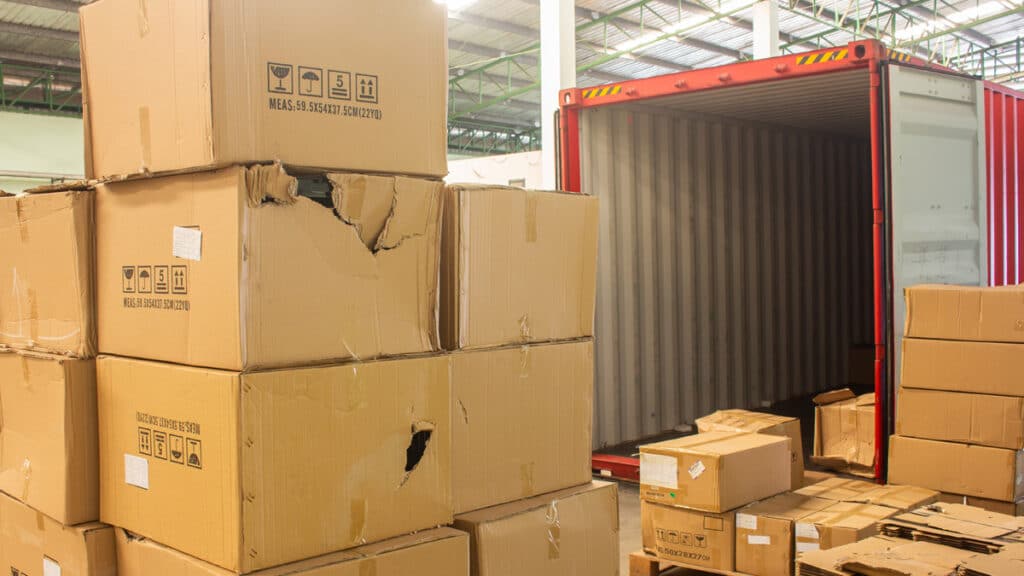
Freight claims are an inevitable aspect of shipping cargo. Although they may be unavoidable at times, there are steps shippers can take to minimize their occurrence and mitigate unnecessary loss related to freight claims.

Freight claims are an inevitable aspect of shipping cargo. Although they may be unavoidable at times, there are steps shippers can take to minimize their occurrence and mitigate unnecessary loss related to freight claims.
A cargo freight claim is a legal demand by a shipper or consignee to a carrier for financial reimbursement for the loss or damage of a shipment while the carrier was transporting it.
Submitting a freight claim for damaged cargo requires proper documentation of essential shipment details. The creation of these records starts when a shipper is preparing cargo for transit. This information is gathered throughout the shipment and delivery process, making it important to complete all essential forms initially to ensure you are prepared if you do need to file a claim.
The four main documents when submitting a freight claim include:
There may be other documents required, but these four are sufficient to start the claim process with a carrier.
Education is paramount when it comes to freight claims prevention. To minimize damage to shipments as they are transported, shippers need to know and understand essential shipping practices like:
Since the transportation world is continually evolving, selecting a knowledgeable logistics partner facilitates keeping up to date as the industry changes.
Freight claim mitigation is an essential element in the claims process. Mitigation is legally required on all claims.
A few examples of actions you can take to mitigate claims include:
Regardless of what you do, the goal is to reduce the cost of the claim to the carrier if possible.
And if an item cannot be repaired in any way, the claimant needs to provide a detailed explanation as to why it isn’t possible.
It’s best to be well-informed on shipping best practices so you can minimize the need to file a claim.
Regardless of how well you prepare, freight claims are bound to happen from time to time.
But, regardless of how well you prepare, freight claims are bound to happen from time to time. When claims are necessary, it’s required by law that you mitigate the claim in any way possible. Partnering with a knowledgeable 3PL can make it easier to navigate shipping, claims, and claims mitigation more efficiently.
Get expert logistics insights delivered straight to your inbox
"*" indicates required fields